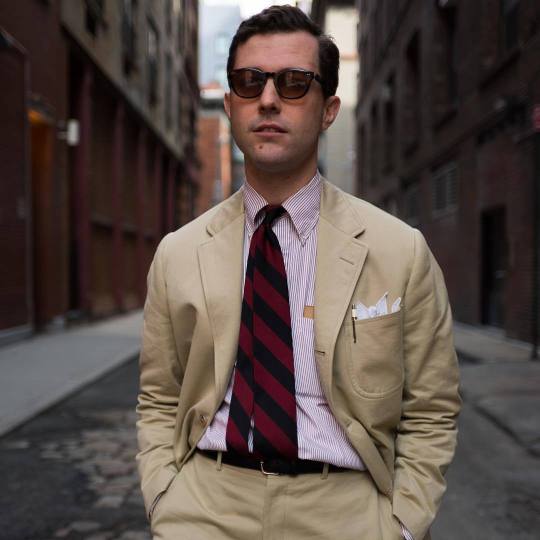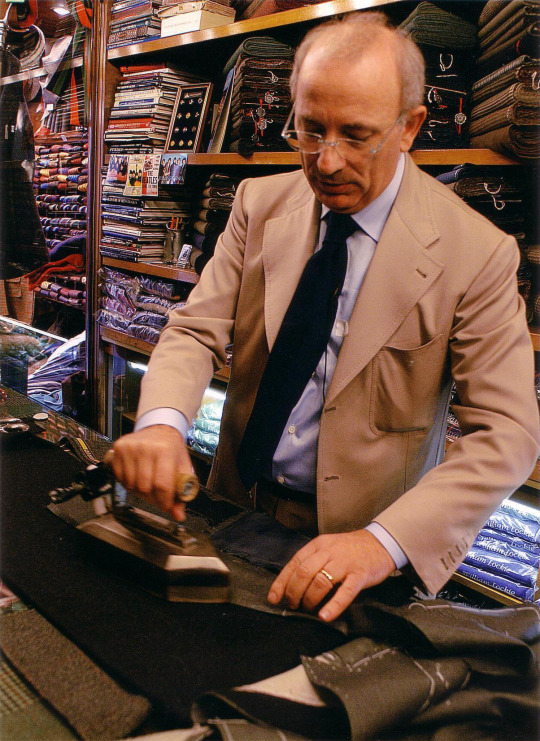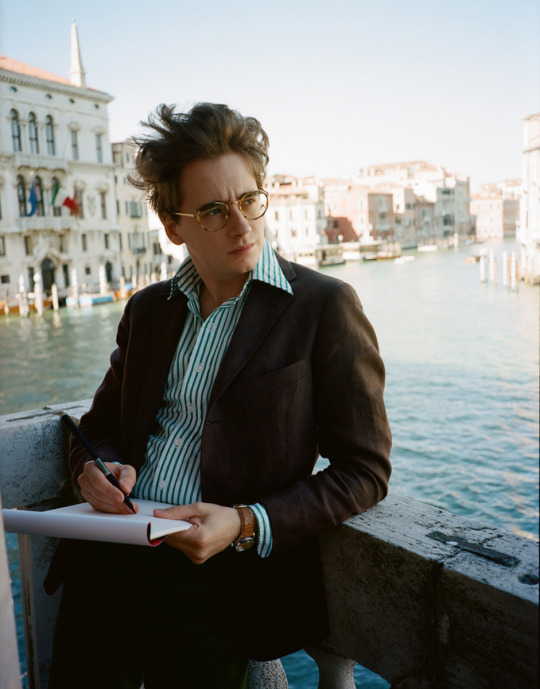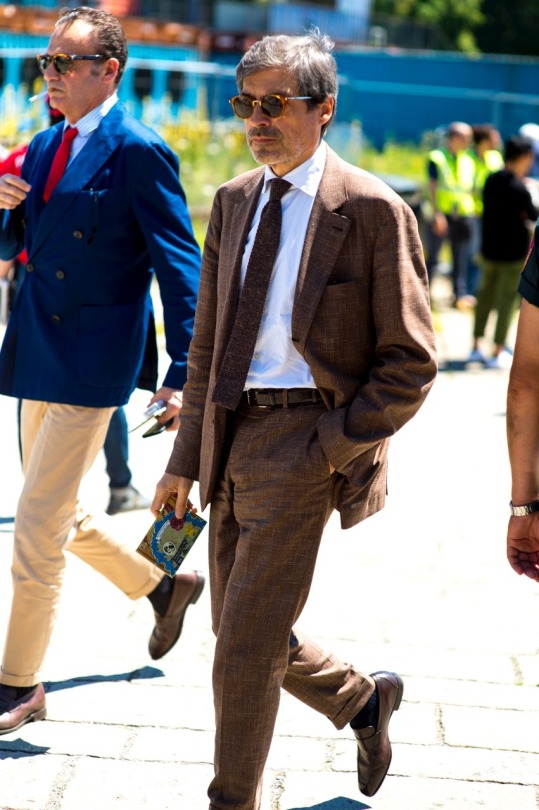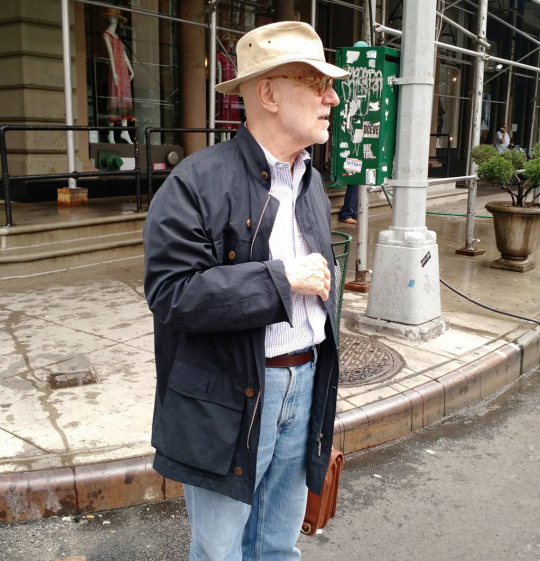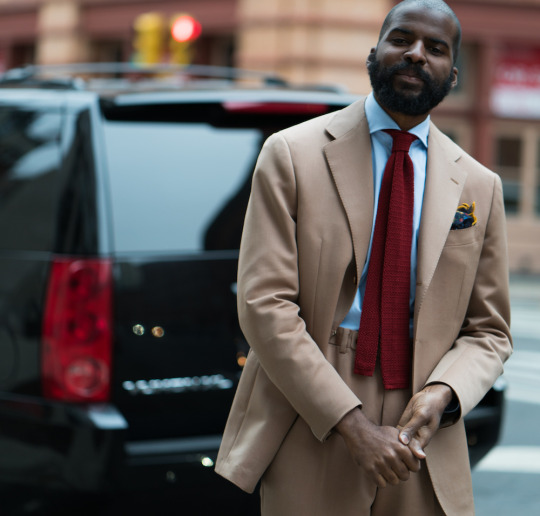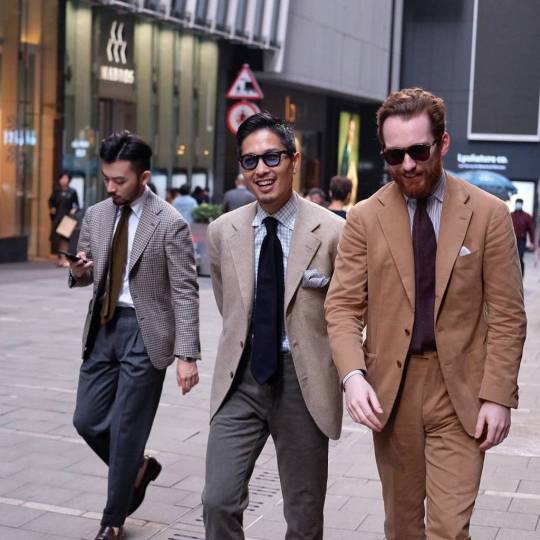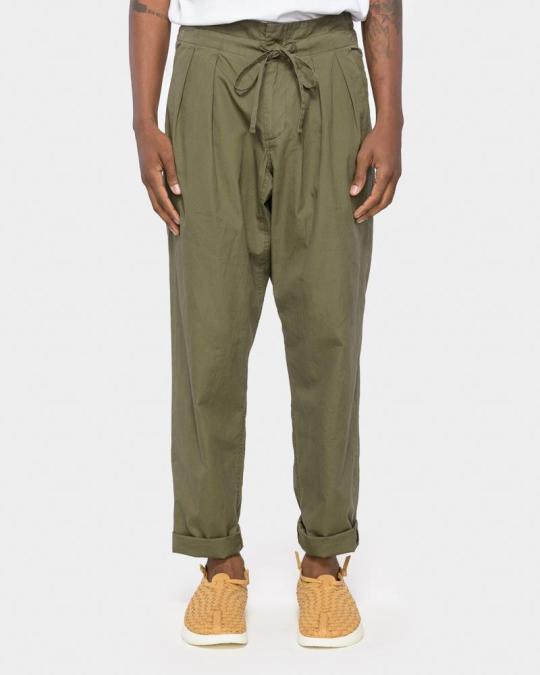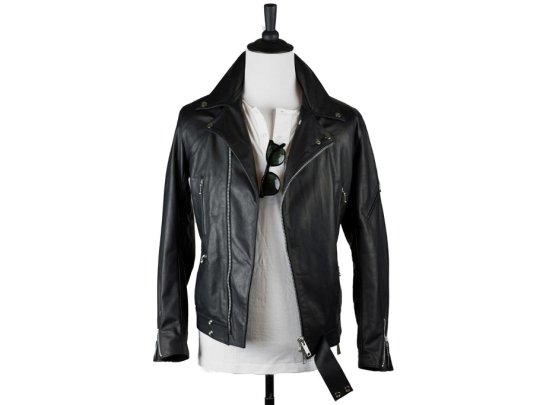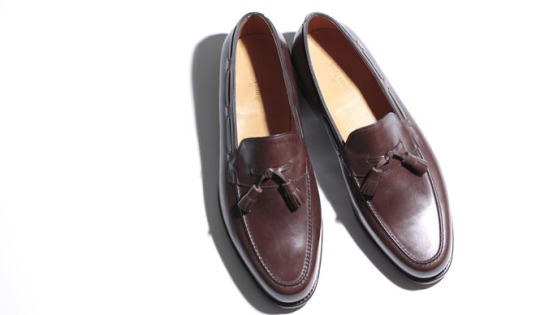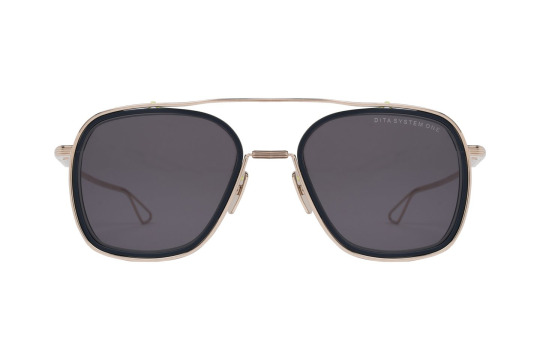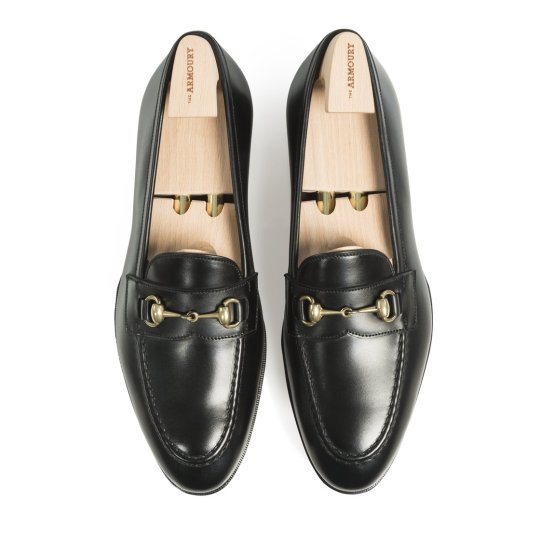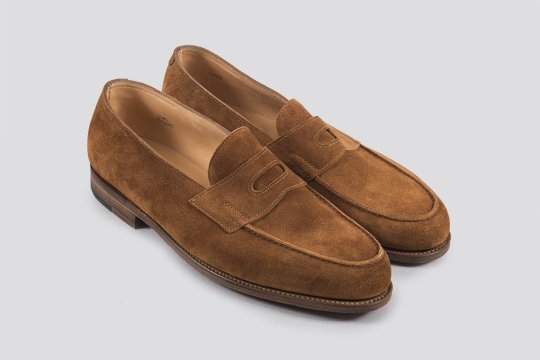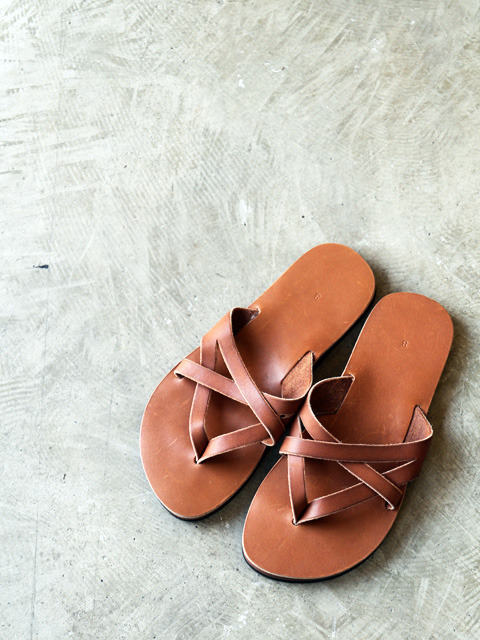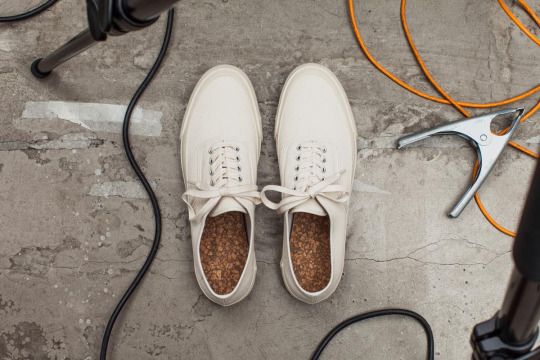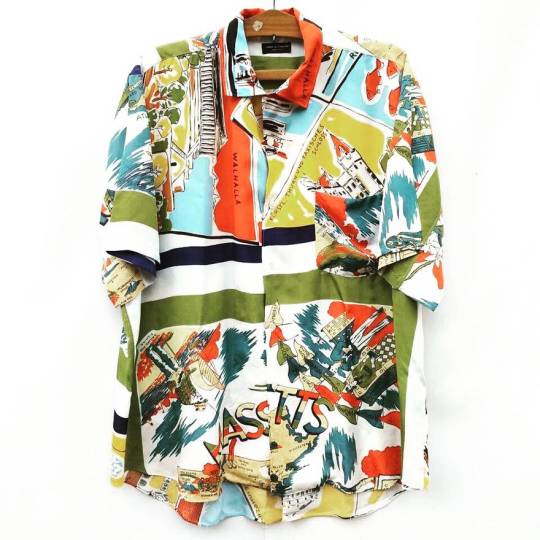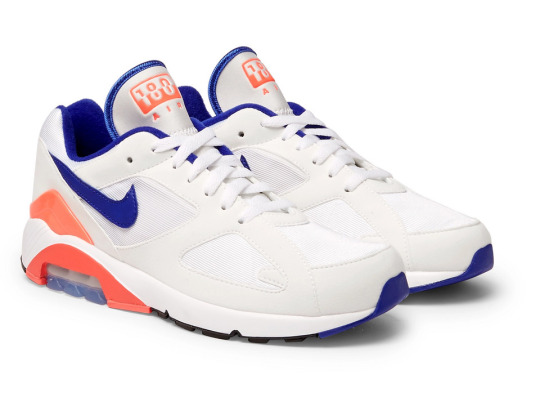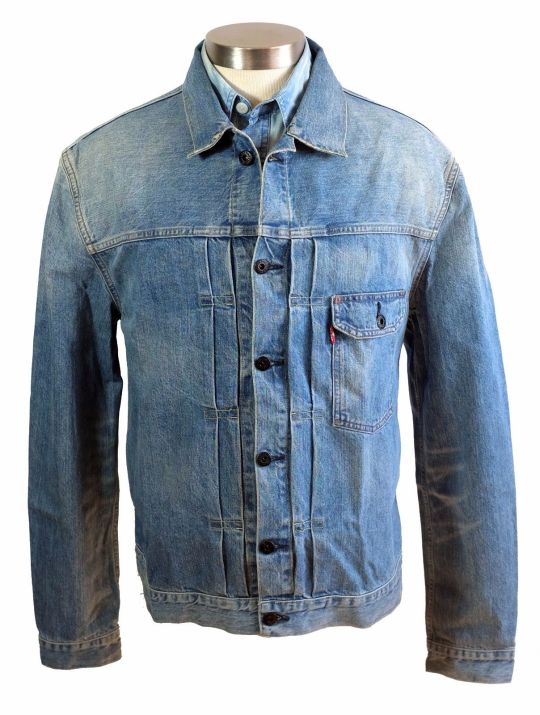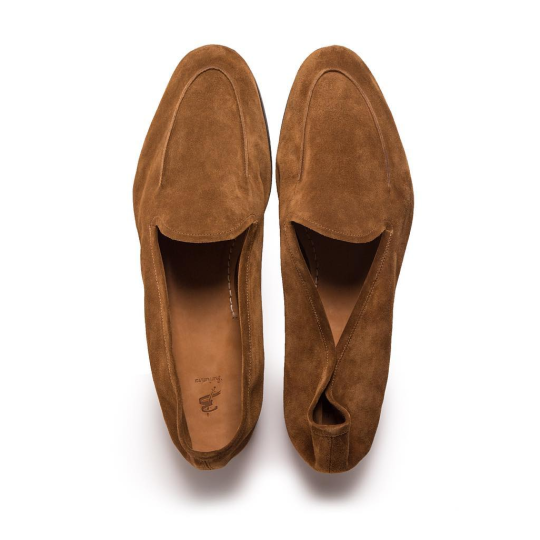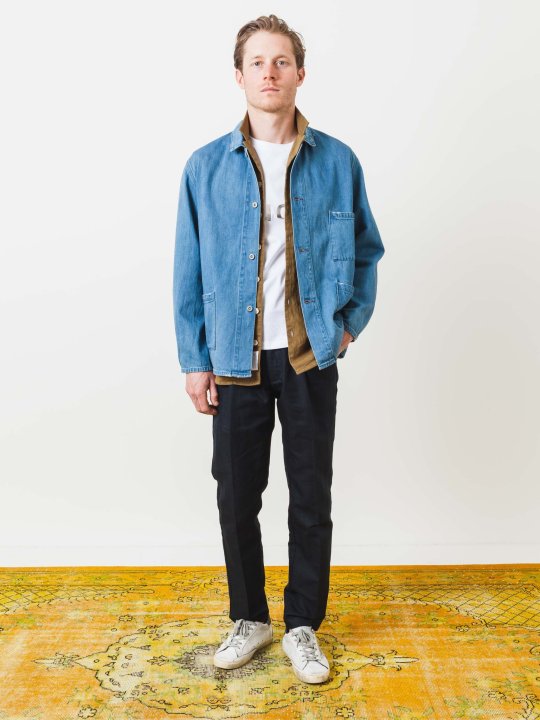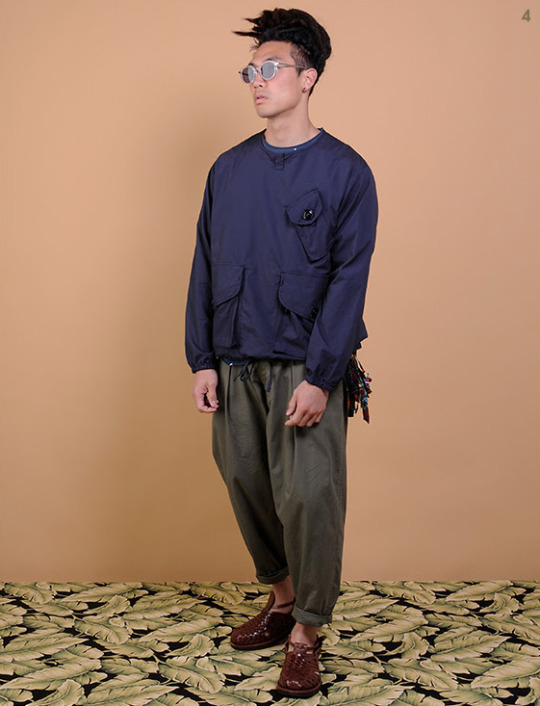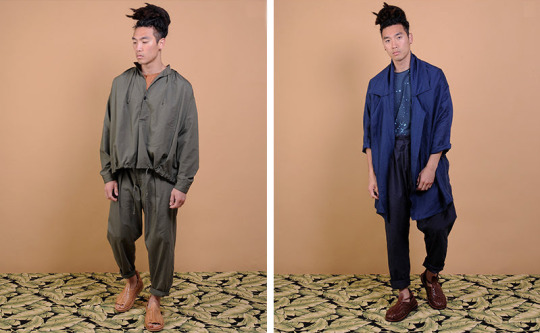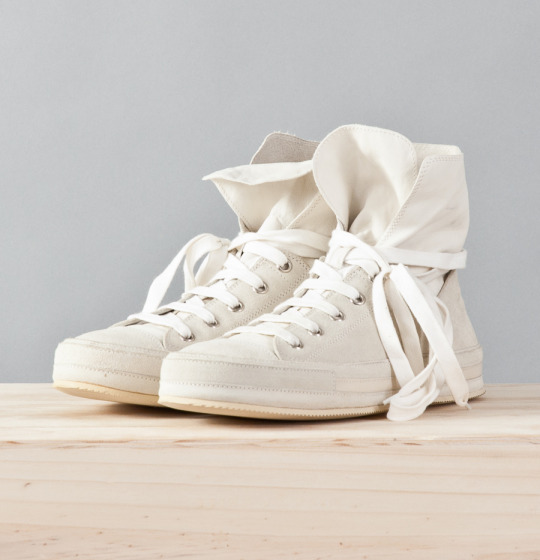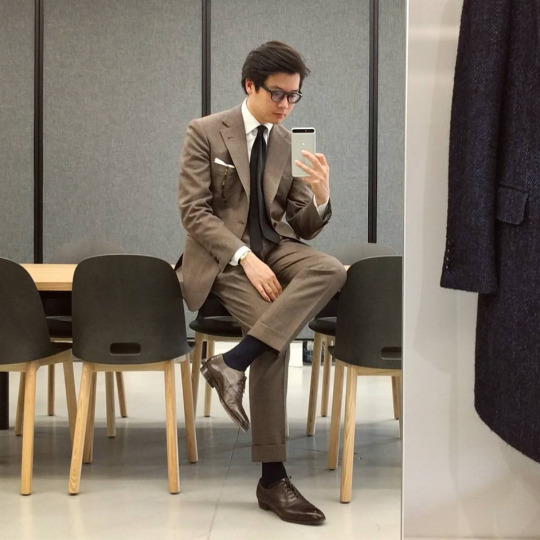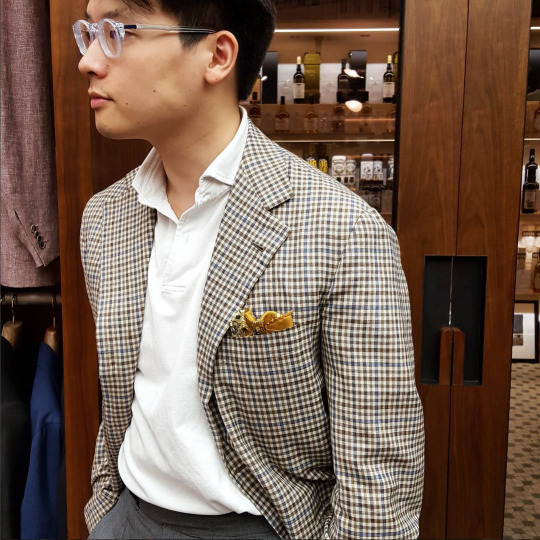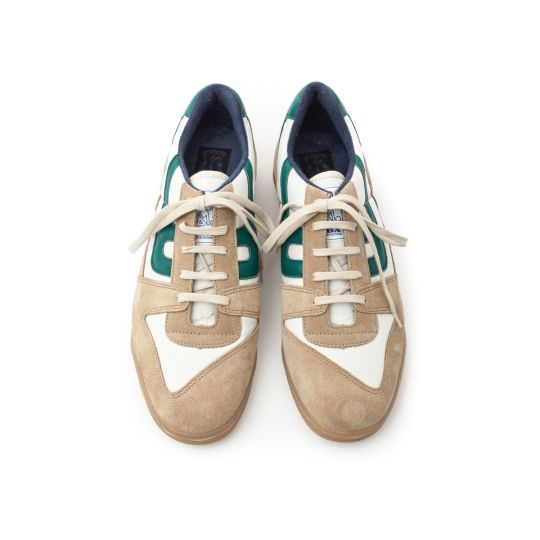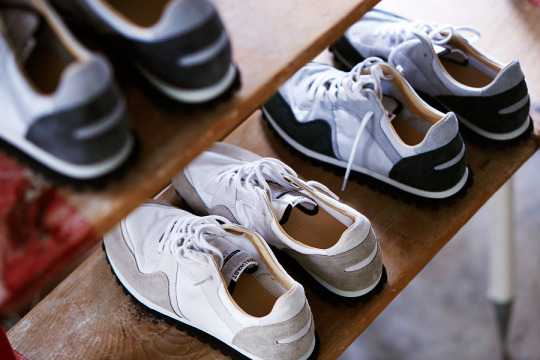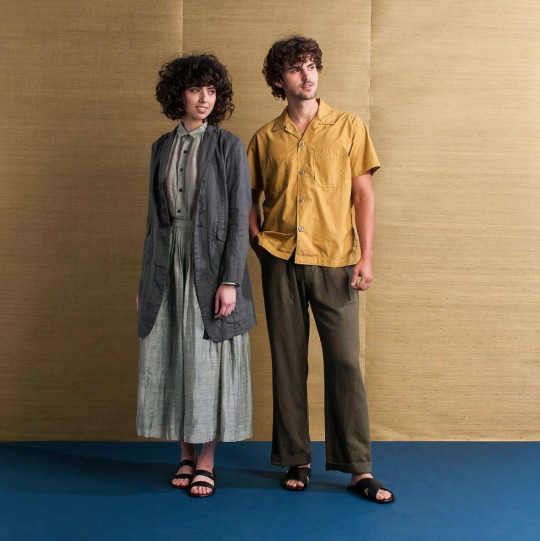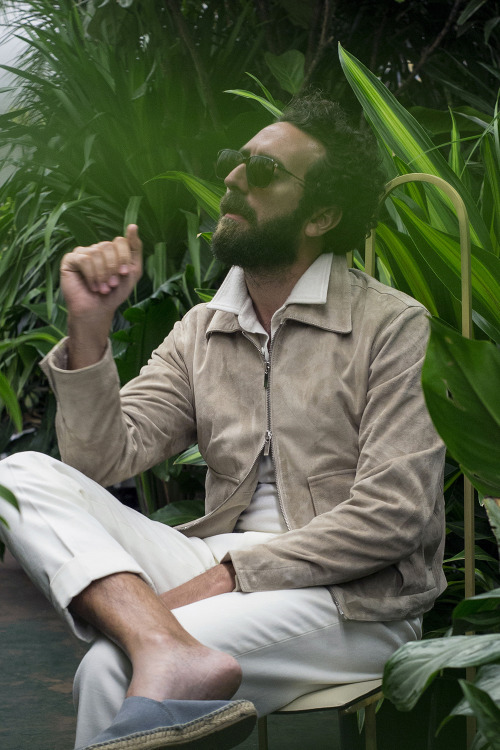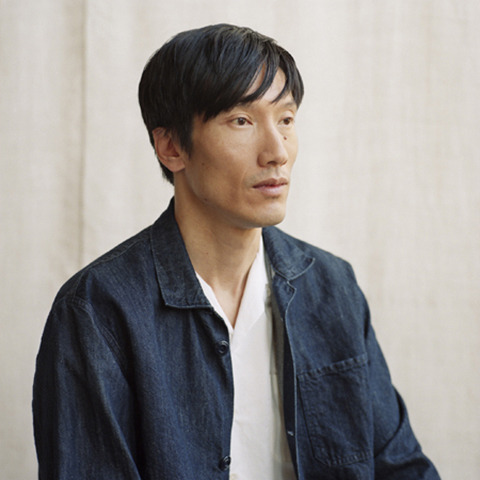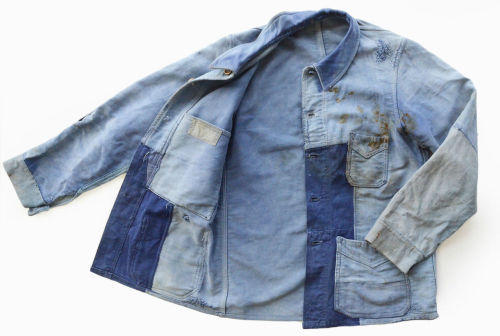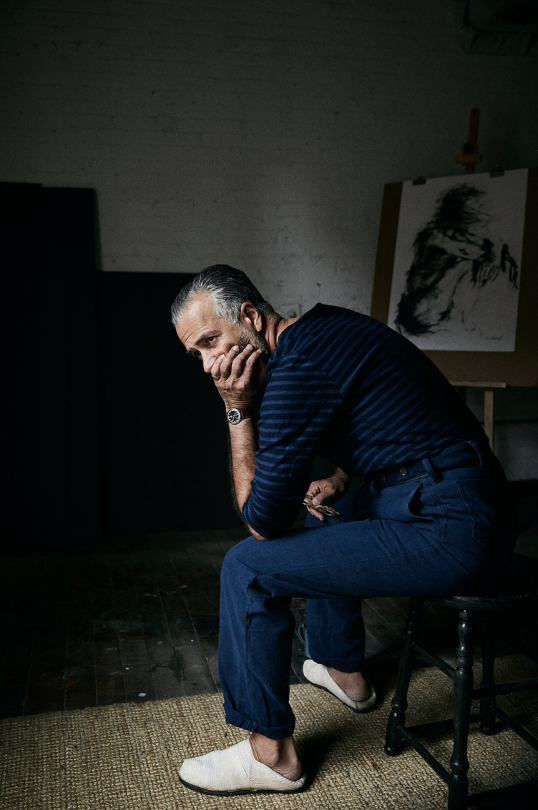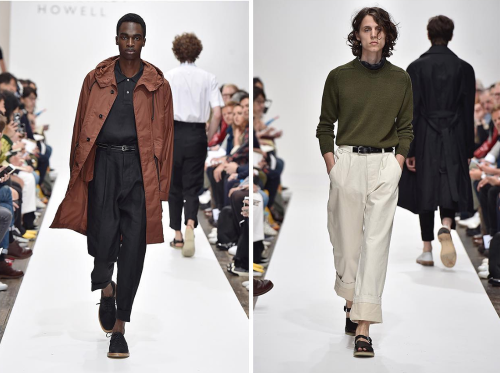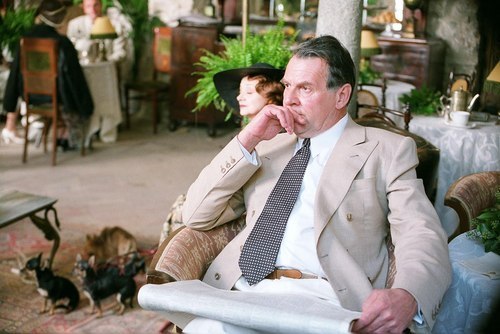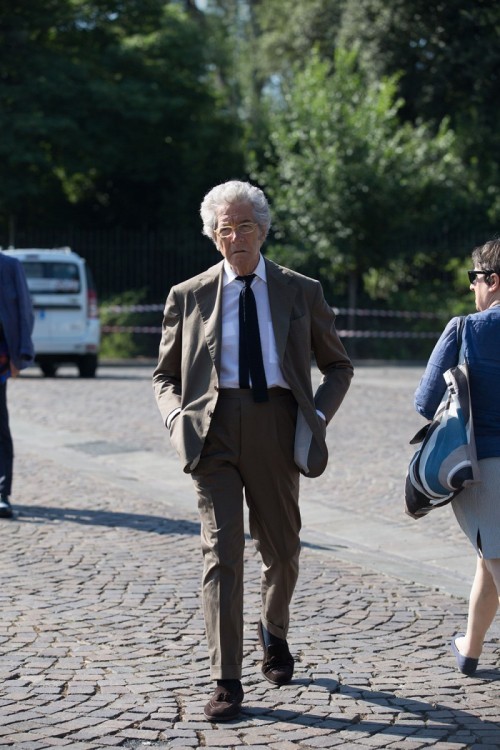
I’m convinced that no one who likes clothes can possibly like spring. The clothes are often less interesting; there’s less opportunity for layering. The cuts reveal more than conceal, and few of us look good naked. Whereas dressing for winter can be something of a paint-by-numbers exercise, dressing for spring is more like trying to solve a puzzle. How do you dress well, but also comfortably?
It always takes me a while to switch wardrobes this time of year, but I often go back to the same things – breathable tailoring, button-down shirts, and loafers. For casualwear, it’s usually a field jacket or chore coat, then some raw denim jeans (gotta get those fades). I also like bolder shirts nowadays with unusual collars. If you’re looking for some style inspiration this spring, here are three things I’m really into at the moment.
Some Spring Tailoring
Much has been made of the death of tailoring, but the press has been saying the suit is dead for the last forty years. Yet, nothing remains more relevant or flattering to the male form. It’s true that good tailoring is expensive. And you’ll look a bit dressed up in today’s comfort-driven world. But unless you’re wearing watered down, business casual basics, everything today makes a statement. That’s true of classic tailoring, Rick Owens, or offbeat Japanese workwear.
I find tailoring looks best when it’s not overdone. When the cut is classic, but reasonably soft, with just enough structure inside to give the clothes some shape. Without any padding or haircloth inside, a coat has to sit closer to the body, which can, in many cases, make it look contrived. Slightly structured iterations of soft tailoring, counterintuitively, look more natural, and thus relaxed. This is the reason why I like companies such as Steed and Sartoria Formosa. Their clothes are soft, but they have shape.

There’s nothing I can say about the navy sport coat that hasn’t been written more eloquently elsewhere. It’s a failsafe garment that pairs well with everything from denim to chinos to trousers. It’s a coat you can wear four days a week without anyone remarking. It’s a frame for everything else about you – your shirt, tie, and face. If you don’t have a navy sport coat that’s comfortable enough for spring, you should get one.
Mine is made from a tropical wool Fresco – single breasted, three-roll-two closure, and triple patch pockets. Tropical wool is one of the earliest tech-fabrics. Generations ago, spinners found that, by twisting fibers one or two more turns, they could produce stronger yarns. And when woven into cloth, these yarns gave you everything you could want in a tailored jacket – an open-weave that allows body heat to escape, as well as a spring-back quality that resists wrinkles.
I also like midscale patterns in crisp wools and silk-linen blends. No Man Walks Alone, a sponsor on this site, has a gun club sport coat like this, along with the “summer’s tweed” fabric I ran last year. Subdued fabrics are great for fall and winter, but I like sport coats that are a touch livelier this time of year.
Warm weather suits will always make a statement, but richly colored linens, cottons, and tropical wools are great additions if you have your basics covered. I also like wool gabardine, a tightly woven twill with a silky hand. Notoriously difficult to tailor, and almost impossible to find off-the-rack, it’s especially good in cream. Unlike the others, however, it’s harder to break a gabardine suit into separates, such that the jacket can be worn as a standalone sport coat. Either way, all three are great with an open collar button-down or a long-sleeved polo. I like Edward Green’s Piccadilly with tailored clothing, although The Armoury’s new bit loafer with Carmina also looks great.
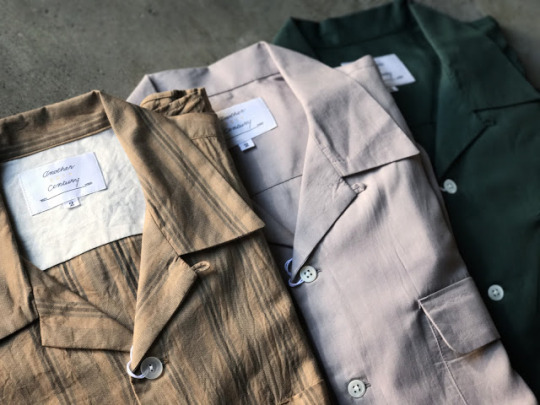
A Holiday Collar
There was a time when the Aloha shirt, more popularly known as the Hawaiian shirt, was considered the male equivalent of mom jeans. Fashion writers once used the term as a shorthand for the poorly dressed. It’s made a resurgence in the last few years, however, and with it has come a range of holiday collar styles.
The best holiday collar I’ve seen is from Marol, an Italian shirtmaker, but their prices are dearly expensive. If you have a custom shirtmaker, you could ask for a similar style. Most of these are made the same way. Instead of having a separate collar band, two pieces of fabric – one for the topside, the other for the bottom – are stitched together with an interlining. The piece then flows seamlessly into shirt’s body, giving a clean and casual look. The collar can be shaped in different ways, which is what gives these their various iterations – Cuban, Capri, pajama, or the most popular, camp.
I’ve been really into holiday collars lately, particularly for spring and summer. They give outfits a relaxed, almost 1950s-tinged look. Plainly colored or discretely patterned, they can be worn on their own with trousers, or paired with denim and utilitarian outerwear. Think: slim-fit washed jeans and rounded slip-ons, such as Alden’s penny loafers or JM Weston’s 180. Or layered underneath a field jacket, double rider, or denim trucker, then combined with some rugged boots. You can even wear them alone with tailored trousers, which helps push a basic outfit away from business casual territory. Useful during the dog days of summer when you can’t wear much more than a button-up.
There are a ton of companies making holiday shirts these days. Some I’ve been looking at include these from Camoshita, A Vontade, Jil Sander, Sage de Cret, Monitaly, Blue Blue Japan, and G. Inglese. I’ll also have a list of some patterned ones later this week.
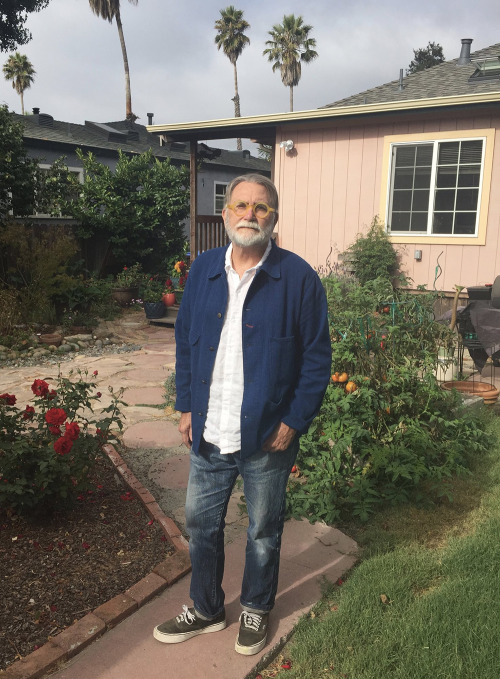
Californian Workwear
If tailored clothing feels too dressy, and holiday collars hard to wear, here’s a failsafe uniform that would work for almost anyone. Workwear today, particularly as its presented on style blogs, can sometimes be too niche – at times even bordering on costume. In its most contemporary form, however, it’s a Levi’s ad. Californian workwear is about truckers jackets and khaki-colored pants; black leather jackets and raw denim jeans. It’s Chuck Taylors and work boots. It’s chambray shirts, white tees, and old flannels. It’s exceptionally easy to wear because it’s geographically neutral and fits into almost any lifestyle. It’s contemporary without being plain. And you know it’s suitable for spring and summer because it’s standard attire in California.
StyleForum’s Numbernine is a good example of how you can incorporate a bit of Japanese workwear into your wardrobe without looking anachronistic. In the photo above, he’s wearing Blue Blue Japan’s sashiko coverall jacket with a white linen shirt, some faded jeans, and a pair of Vans. Benjamin Booker also wears this look exceptionally well. And Eric Kvatek always looks great in a pair of slim-fit jeans and either a trucker or rancher jacket. I especially like how he combines those things with vintage tees (which, incidentally, are very much part of a certain Angeleno uniform).
Some other things I find useful for this look: slim-straight raw denim jeans, in both blue and black; crisp white tees; German Army Trainers, Vans, and retro-styled runners (scuffed and dirty); chore coats (ideally vintage, although Chimala has a nice one that looks like it was pulled from a vintage archive); rugged chinos; brown work boots; flannel shirts; and a bit of tasteful jewelry. Vintage tees are great if you can find them locally (sizing is harder online). Lastly, stores such as Levi’s, Blue in Green, Unionmade, Standard & Strange, Stag Provisions, Context Clothing, Imogene & Willie, Wooden Sleepers, and Snake Oil Provisions are great for this sort of stuff.
